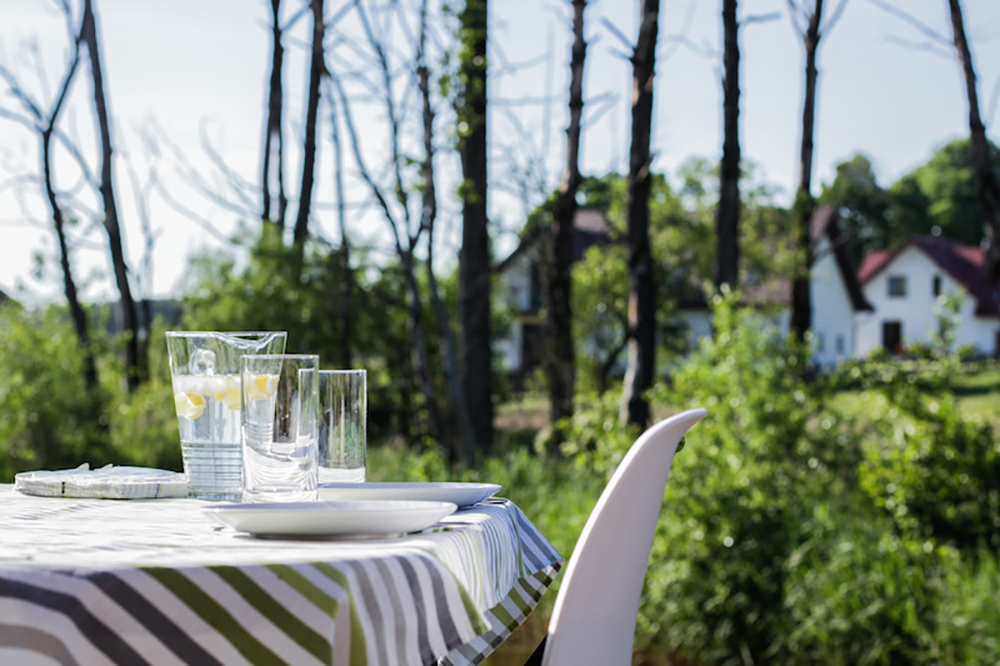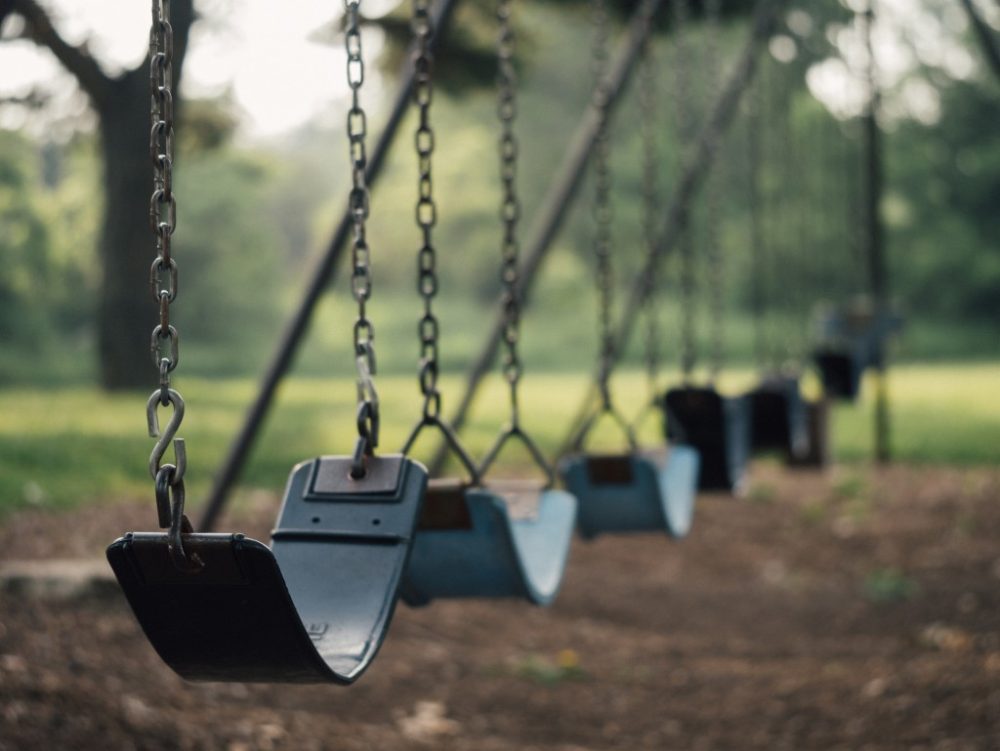
Buying a Home in 2016: 5 Real Estate Trends to Watch
12/26/2015
Choosing the Right Neighborhood When Buying a Home
02/29/2016“Nearly 9 of 10 people age 65 and older want to remain in their homes and communities as they get older,” according to a recent AARP Bulletin. The challenge is that as people age, their needs change and rather than live in a retirement community or nursing home, seniors are choosing to adapt their homes or buy ones that are more aging-friendly. It’s a growing trend commonly referred to as aging in place.
While there are many factors that go into buying a home—style, size, and location for example, today an equally important quality to think about is how that home will serve a person’s most basic needs in the future. Is the house ready for aging in place, and can a person grow older and live indefinitely in that home with maximum independence and comfort?
Depending upon the homeowner, aging in place lends itself to a variety of options. It might mean buying a new home with a “universal design” that is spacious, adapted for senior needs, and suitable for all ages. It could entail modifying a current home to accommodate the life changes and special needs of aging.
With the United States Census Bureau expecting a dramatic increase in average life expectancy over the next 40-50 years, it’s never too early for older adults and their families to consider how best to meet the challenges of aging in their homes. By considering homebuying or renovation options early, families can get enjoyment and utility out of a house for years to come and possibly avoid the hardships of moving.
So, here are a few tips on making a home grow with you if you or someone you love would like to age in place.
Assess the current home for age-friendliness
Consider how future-proof the home is and if it aligns with the owner’s current life stage. For example:
- If the homeowner is approaching retirement age, what conveniences might (s)he want in the years ahead? Simple luxuries such as heated bathroom floors, hardwood floors that need minimal maintenance, and large windows for more natural light may grow in importance.
- If there are any current or potential health concerns, is there room for a caretaker? Is there an open floor plan for greater mobility? Are there first-floor bedrooms and bathrooms and conveniently located power outlets, switches, or door handles?
To accommodate aging in place, decide whether to remodel or move
Aging parents and their children should have a conversation about whether remodeling or retrofitting a home for aging in place is feasible. If so, a renovation project may be the answer. It can make the home safer, easier to live in, and better suited for assisted mobility.
Common aging in place changes and additions might include moving the bedroom or a bathroom to the first floor or modifying the front entrance to remove unwieldy steps. Changes may also include adding accessibility features such as ramps, stairlifts, elevators or even motorizing cabinets and drawers. Often the expenses are not trivial, but sometimes insurance reimbursements are available for homeowners with documented health conditions.
The other alternative, moving and buying a new home, is a smart choice if more space or an age-friendly community are needed. Also, sometimes remodeling a current home costs more money and effort than it is worth. When looking for a new house to accommodate aging in place, seniors can look for single floor layouts, wide doorways, and other open concepts characteristic of universal design.
Consider whether the community is ideal for aging in place
As we age, a community takes on increasing importance. An essential consideration is whether a town meets a senior’s needs. Aging Americans want to stay socially engaged, physically active, and comfortable. A community with parks for exposure to sunlight, walkability, senior services and a variety of recreation options like golf or tennis is a must for many seniors.
Northern NJ: a great place for a home that will help you age in place
The communities and towns of northern New Jersey have wonderful homes to accommodate aging in place and many amenities for seniors as well. Whether it’s the 2,000-acre South Mountain Reservation with the Clipper Pavilion Picnic Shelter, the beautiful Essex County Waterfront, featuring spectacular natural views and a 1.7 mile walkway, or tranquil Briant Park in Summit, NJ, there are many opportunities for seniors to get out and about in the communities.
Senior-specific programs and services include the Baird Center’s mini bus and the Senior Buzz activities newsletter for residents of South Orange Village, the Summit Area YMCA for Summit residents, which has a wide variety of activities for active seniors, and Maplewood’s Dial-A-Ride Program. Another fabulous resource is Sage Eldercare which provides senior support and services for Union, Essex, Morris and Somerset counties.
Are you or a member of your family interested in the many aging in place housing options in northern New Jersey? I would be happy to show you around. Contact Victoria Carter at victoria@victoriacarter.com or call (973) 220-3050. I would love to assist you!


